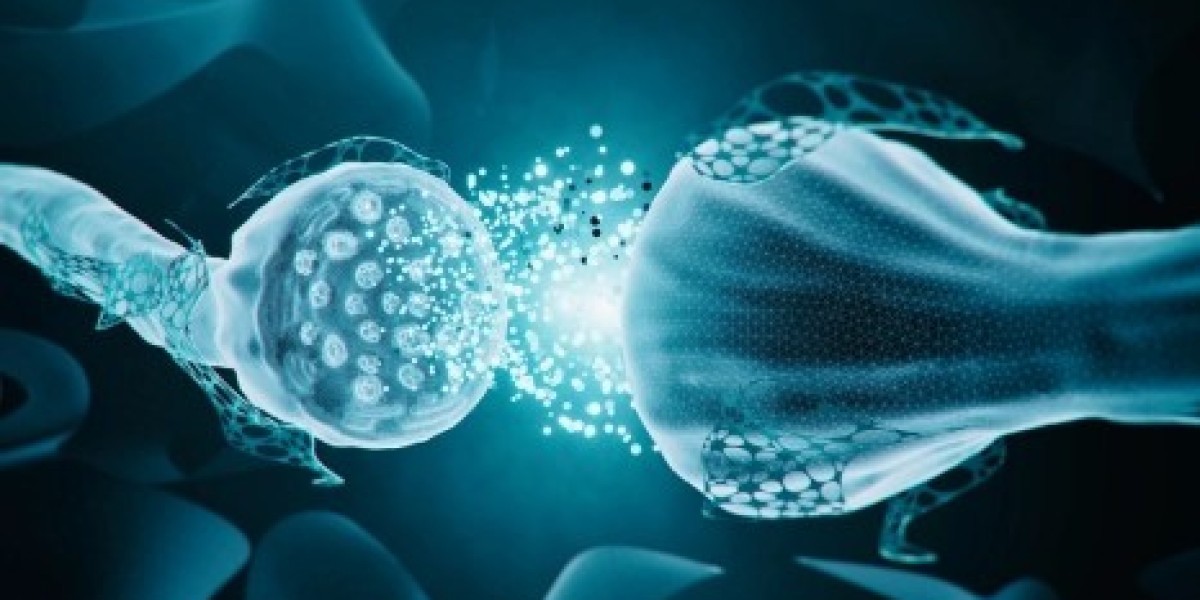1. Gene Therapy: Targeting the Root Cause
Gene therapy has emerged as one of the most promising strategies for treating DMD. This approach aims to correct or compensate for the faulty dystrophin gene responsible for the condition. Recent advancements include:
Micro-dystrophin Therapies: Companies like Sarepta Therapeutics have developed micro-dystrophin therapies, such as Elevidys, which deliver a shorter version of the dystrophin gene. Approved by the FDA in 2023, this therapy allows muscle cells to produce a functional dystrophin protein, potentially improving muscle function and delaying disease progression.
Gene Editing: Techniques like CRISPR/Cas9 are being investigated to directly correct mutations in the dystrophin gene. Early studies show promise, allowing researchers to edit genetic errors at the source.
2. Exon Skipping: Personalized Treatment
Exon skipping is a revolutionary technique that enables the production of a functional dystrophin protein by bypassing defective sections of the dystrophin gene. This approach has led to the development of drugs like Vyondys 53 and Amondys 45, which target specific mutations. By tailoring treatments to individual genetic profiles, exon skipping offers a personalized approach to DMD therapy, improving outcomes for patients with particular mutations.
3. RNA-Based Therapeutics: Modulating Gene Expression
RNA-based therapies are gaining momentum in the fight against DMD. These therapies work by altering the RNA molecules involved in gene expression, thereby enhancing or inhibiting the production of certain proteins. For example:
Antisense Oligonucleotides (ASOs): ASOs are designed to bind to specific RNA sequences and modulate gene expression. This technology holds potential for restoring dystrophin production in muscle cells and is being actively researched in clinical trials.
Small Interfering RNA (siRNA): siRNA can silence specific genes responsible for producing harmful proteins, potentially protecting muscle cells from damage and improving muscle function.
4. Advancements in Delivery Mechanisms
Effective delivery of therapeutic agents to muscle cells is crucial for the success of DMD treatments. Researchers are developing innovative delivery methods, such as lipid nanoparticles and viral vectors, to ensure that therapies reach their intended targets efficiently. Enhanced delivery systems not only improve the efficacy of existing therapies but also expand the possibilities for future treatments.
5. Challenges and Future Directions
Despite these promising advancements, significant challenges remain in the pursuit of effective DMD therapies. The high cost of innovative treatments can limit accessibility for many patients, and the variability in patient responses to therapies complicates the development of universal solutions. Additionally, long-term safety and efficacy data are needed to ensure that these new approaches provide lasting benefits.
Conclusion
The landscape of DMD treatment is evolving rapidly, with innovative approaches breaking barriers and paving the way for potential cures. As research continues and new therapies are developed, there is hope that the future will bring not only improved quality of life for DMD patients but also the possibility of a cure. Collaboration between researchers, clinicians, and advocacy groups is vital in this ongoing journey, ensuring that advancements translate into real-world solutions for those affected by this debilitating condition.
Latest Reports
Advanced Hepatocellular Carcinoma With Cpb Liver Cirrhosis Market | Advanced Renal Cell Carcinoma Market | Alopecia Aerata Market | Ambulatory Arrhythmia Monitoring Devices Market | Anaphylaxis Market | Anorectal Malformation Market | Anovulation Market | Aortic Stenosis Market | Apheresis Market | Arthroscopic Shavers Market | Artificial Iris Market | Atherectomy Devices Market | Autonomic Dysfunction Market | Balloon Catheters Market | Bile Duct Neoplasm Market | Bladder Cancer Market | Calcinosis Cutis Market | Cardiorenal Syndrome Market | Central Retinal Venous Occulsion Market | Central Serous Chorioretinopathy Market | Chemotherapy Induced Febrile Neutropenia Market | Cholangiocarcinoma Market | Chronic Refractory Gout Market | Chronic Rhinosinustis Market | Clbp Market | Concussions Market Size | Contact Dermatitis Market | Contraceptive Devices Market | Corneal Ulcer Market | Diabetic Foot Ulcers Dfus Market | Dysthymia Market | Exophthalmos Market | Familial Primary Pulmonary Hypertension Market | Giant Papillary Conjunctivitis Market | Graves’ Disease Market






